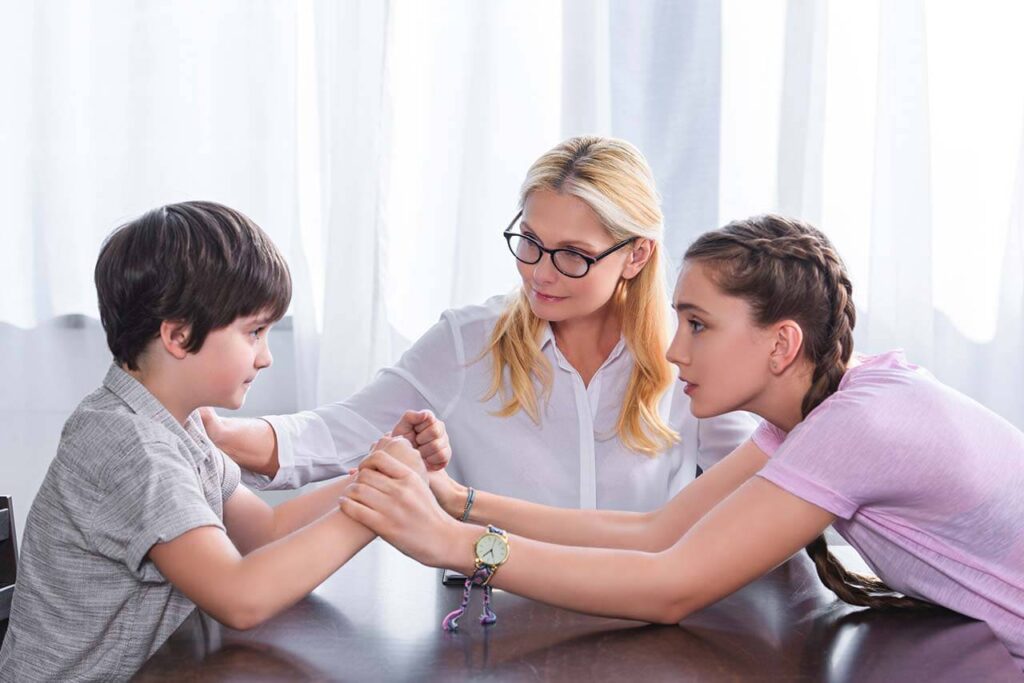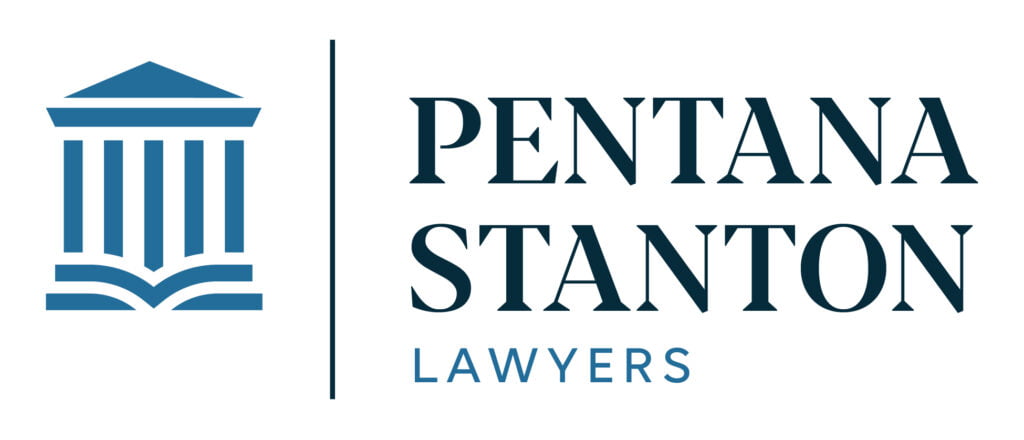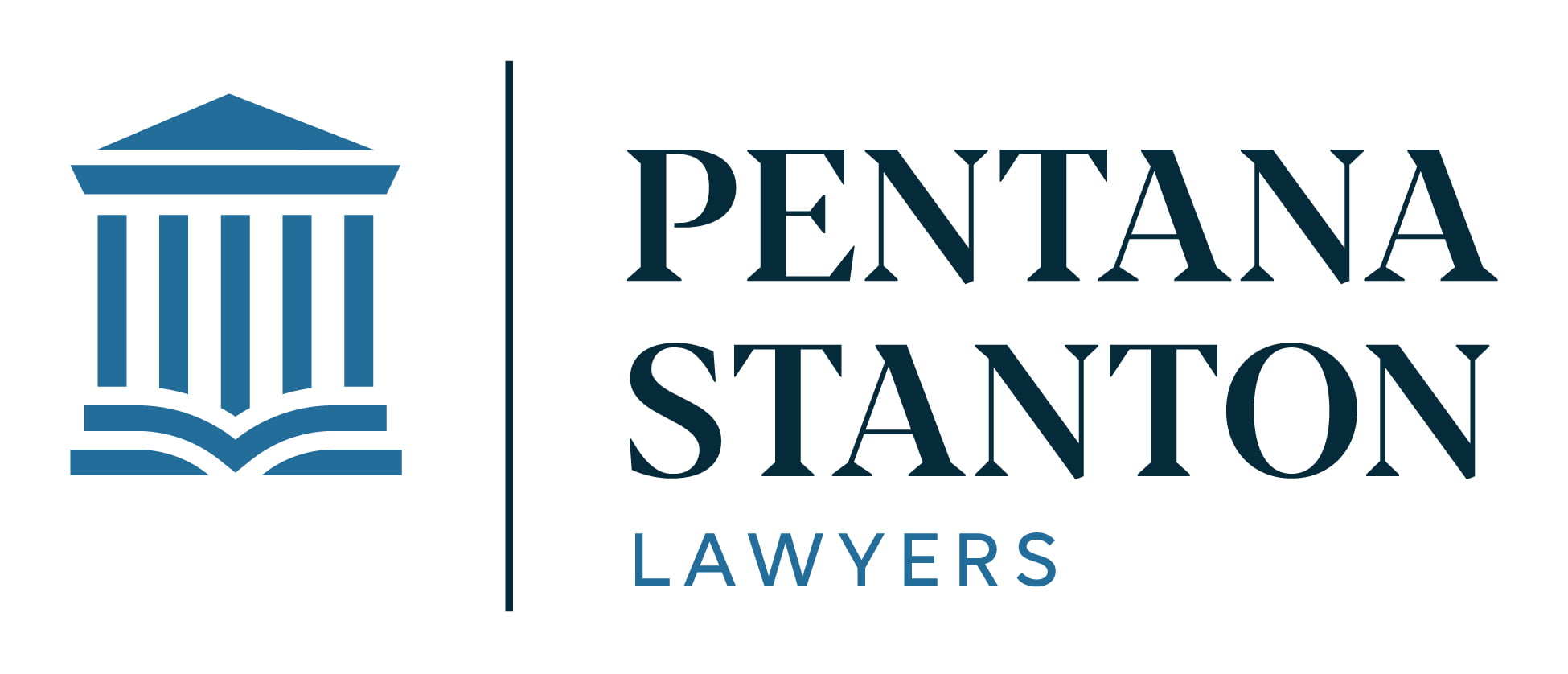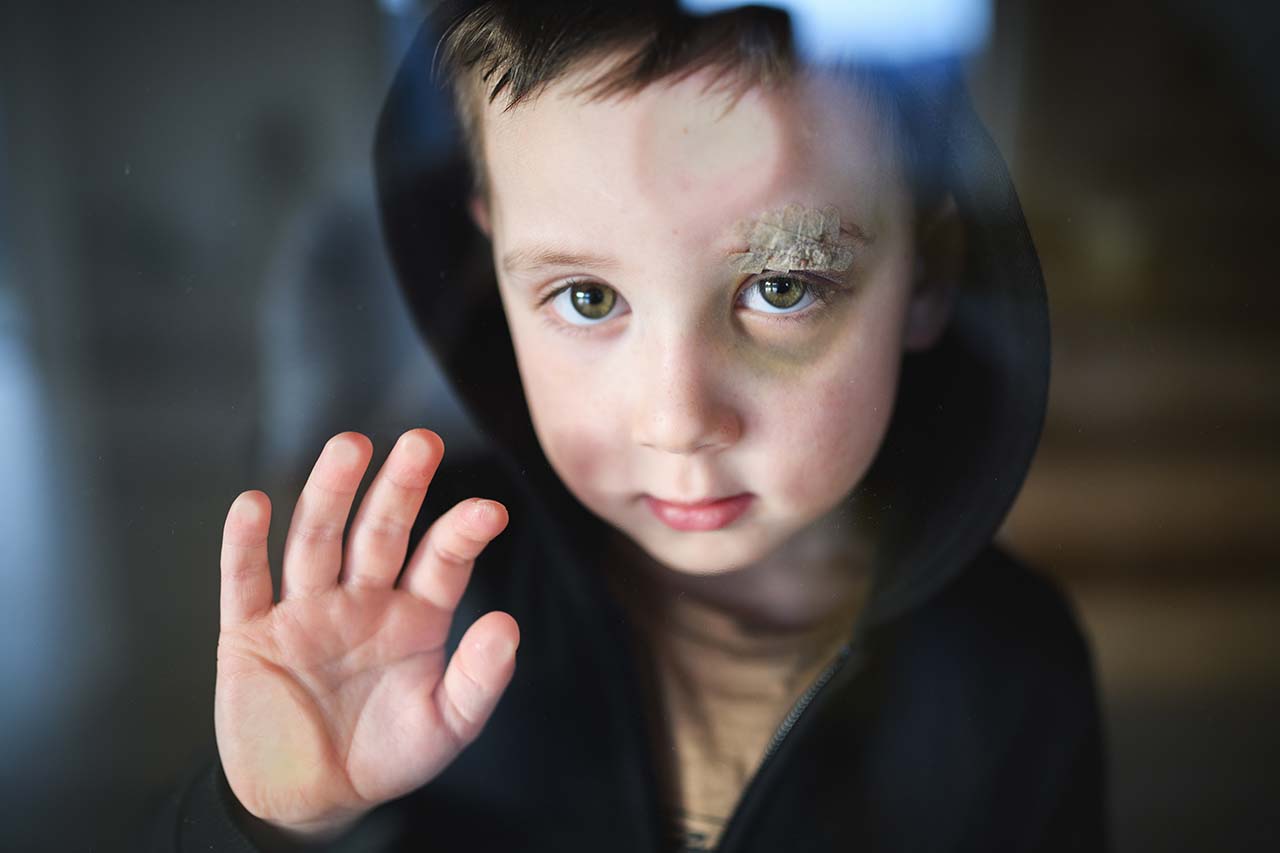When families in Melbourne face the complexities of child protection laws, the path ahead can seem fraught with uncertainty and fear. It’s not just about legal outcomes; it’s a deeply personal journey that intertwines with the fabric of our community and the well-being of its youngest members. With recent shifts in legislation and heightened societal awareness, understanding the scaffolding of these laws is more critical than ever.
In this comprehensive guide, we’ll delve into the intricacies of child protection in Melbourne, from the legislative pillars that uphold the rights and safety of children to actionable insights on how to navigate the system with or against the Department of Families, Fairness and Housing (DFFH). Whether you’re seeking to comprehend your rights, challenge a protective order, or find the finest legal advocacy, this article is your beacon through the intricacies of child welfare jurisprudence.
Join us as we unravel the legal threads that safeguard our children and learn how Melbourne’s law firms stand as vigilant defenders in the tapestry of child protection.

Secure in the grasp of family, a child’s smile reflects the protective embrace of child welfare services.
Navigating the Tapestry of Child Protection Law in Victoria
Victoria’s child protection framework is designed to safeguard the welfare and rights of children. Here, we will explore the pivotal elements that constitute the legal foundation for child protection in the state.
Children, Youth and Families Act 2005 (CYFA)
This act is the cornerstone of child welfare in Victoria, outlining the procedures for responding to children in need of protection. It details the intervention processes, roles of protective services, and the legal obligations of reporting suspected abuse or neglect.
Department of Families, Fairness, and Housing (DFFH)
The DFFH plays a critical role in administering child protection services. This body assesses reports of child abuse and neglect and coordinates the appropriate responses, ranging from family support services to court proceedings if necessary.
Children’s Court of Victoria
This specialised court deals with cases related to the wellbeing of children, including child protection matters. It has the authority to issue protection orders if it believes a child is at risk, taking into account the best interests of the child, which is the paramount consideration in the CYFA.
New Child Safe Standards
Commencing in July 2022, these new standards were introduced to enhance the protection of children, particularly emphasising the prevention of abuse in online environments and the cultural safety of Aboriginal children and young people.
They reflect recommendations from the Royal Commission into Institutional Responses to Child Sexual Abuse and seek to promote greater national consistency in child protection.
Participation and Voice of Children
Consistent with the emphasis on children’s rights in national and international law, Victorian legislation affirms the principle that children should be given the opportunity to participate in decisions that affect them, in line with their age and maturity.
Mandatory Reporting Requirements
Certain professionals in Victoria are mandated reporters under the CYFA, required by law to report any suspicions of child abuse or neglect to DFFH.
The National Framework ‘Safe and Supported’
Though child protection is primarily a state responsibility, the National Framework aims to establish a consistent approach across Australia, setting benchmarks for protecting children and assessing progress. Victoria’s efforts align with this framework, focusing on early intervention and support for vulnerable families.
The legislation and frameworks discussed here represent Victoria’s robust approach to child protection. It is a system that continually evolves, shaped by legal innovation and societal values, to better care for its children.
Those requiring further information or assistance can turn to the wealth of resources provided by entities like the Children’s Court of Victoria and the Department of Families, Fairness, and Housing, which offer guidance and support to navigate this complex landscape.
Resources:
Australian Institute of Family Studies
Vic Legal Aid
CCYP
Childrens Court of Victoria

Legal empowerment in action as a lawyer discusses child protection with engaged youngsters.
Practical Guidance: Engaging with Victoria’s Child Protection Legal Procedures
Navigating the child protection legal system in Victoria can be daunting. Understanding the process, knowing your rights, and preparing for interactions with various agencies can significantly impact the outcomes of a case. This section provides practical advice on engaging effectively with child protection procedures in Victoria.
Understanding the Process
The child protection process begins when the Department of Families, Fairness, and Housing (DFFH) receives a report of child abuse or neglect. It’s vital for parents and guardians to understand the steps involved, from the initial investigation to possible court proceedings. Familiarity with these steps helps in preparing for what to expect and how to respond.
Engagement with DFFH
If you’re contacted by DFFH, it’s crucial to engage cooperatively while ensuring you understand your rights. You have the right to:
- Ask about the purpose of their enquiries.
- Be informed about any allegations against you.
- Seek legal advice before responding to these enquiries.
Children’s Court Proceedings
Should the matter escalate to the Children’s Court, understanding the types of hearings and what occurs at each stage is essential. These include:
- Mention Hearing: A preliminary discussion about the child’s immediate safety and setting a date for a further hearing if necessary.
- Directions Hearing: Determines the evidence needed for the case.
- Contested Hearing: Where all parties present evidence, and decisions about the child’s future care are made.
Legal Representation
It’s highly advisable to seek legal representation if involved in child protection proceedings. Lawyers specialising in family law can provide guidance, help you understand the complex legal language, and represent your interests in court.
Preparing for Court
Being well-prepared can ease the stress of court proceedings. Important preparation steps include:
- Gathering all relevant documents, such as previous court orders, DFFH communications, and any evidence supporting your case.
- Preparing a list of points you wish to discuss with your lawyer.
- Practising speaking about your case clearly and calmly.
Support Services
Accessing support services can provide emotional and practical assistance. These services offer counselling, legal advice, and sometimes advocacy in dealing with child protection issues.
After the Court Decision
Understanding your rights in terms of appealing the court’s decision or complying with its orders is crucial. If the decision involves ongoing monitoring or participation in programs, knowing how to engage with these requirements can affect the long-term outcome.
Each of these steps is crucial in navigating the child protection legal process in Victoria effectively. Engaging knowledgeable legal counsel, understanding your responsibilities and rights, and preparing thoroughly for each stage of the process are key to managing the situation as smoothly as possible.

Unity and joy reflect the core of child support services.
Resources and Support for Families and Children in Child Protection Cases
For families and individuals navigating child protection cases in Victoria, a range of supportive resources is available to provide assistance and guidance:
- Maternal and Child Health Services (MCH): Offers key appointments and health services for children and parents, along with a 24-hour helpline operated by qualified nurses to support parenting and child health concerns. More details can be found on the Better Health Channel.
- Victoria Legal Aid – Independent Family Advocacy and Support (IFAS): Provides assistance specifically for parents involved in child protection matters, offering advice and support through their challenges with the child protection system. You can learn more by visiting Victoria Legal Aid.
- The Orange Door Network:
The Orange Door network provides a vital point of contact for children and families facing family violence or needing extra support with the care, well-being, and development of children. Serving as a free service for all ages, it brings together workers from diverse sectors such as child and family services, family violence, Aboriginal services, and men’s services to offer comprehensive support and advice.The Orange Door aims to be a welcoming and accessible hub where people can receive the help they need to address family violence, safeguard children, and improve their family circumstances. It ensures timely responses to all situations, whether they involve significant danger or require support services to prevent escalation. For detailed information or to make contact, visit The Orange Door, where guidance and local services are readily available to assist families and individuals in navigating their situations effectively. - Koori Maternity Services:
These services offer culturally appropriate support during pregnancy and childbirth for Aboriginal families, emphasising the importance of cultural sensitivity and support from both health workers and midwives. Further information can be found on the Victorian Aboriginal Community Controlled Health Organisation (VACCHO) website. - Support for Young People:
Headspace provides counselling and support for teenagers dealing with family issues, available both over the phone and online. Visit Headspace for more information and resources.
Navigating Child Protection in Victoria
Navigating the landscape of child protection in Victoria can be challenging, but understanding the legal framework, knowing what support services are available, and taking the right steps can make a significant difference.
We’ve explored the key laws, discussed how to engage with services like The Orange Door, and outlined the support networks that can help families and individuals during difficult times.
If you find yourself needing to interact with child protection services, remember that you are not alone. There are numerous resources and professionals ready to support you. Stay informed, seek legal advice when necessary, and leverage the community and professional resources available to you.

Pentana Stanton Lawyers: Your Trusted Legal Experts in Melbourne.
For more information or to discuss your specific circumstances, please reach out to us here at Pentana Stanton Lawyers, we’ll get back to you with the guidance you need.


